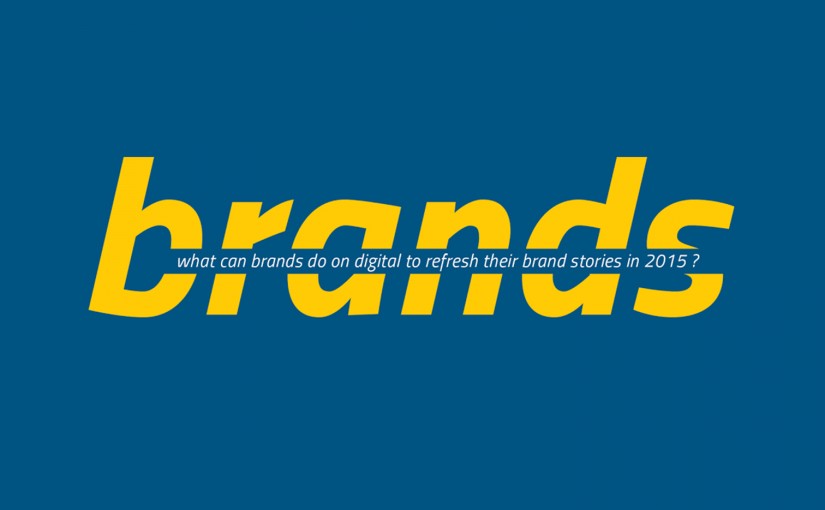Drop us a few lines about the task and we will get back immediately to see we how we can take the discussion forward. Alternately, just pick up the phone and speak with us at +91 9910034330 and we would be happy to help.
- - Do tell us a little about the nature of your business.
- - Be specific about what you’d like us to help you with.
- - Knowing your budget always helps us plan a suitable intervention.
- Blog
Sample Corporate Blog Configuration – 70:30 ; 70:30
-
Sample Corporate Blog Configuration – 70:30 ; 70:30
We were invited by a prospective client – also a friend – to figure out possibilities of starting, what he termed, an ‘HR blog’ for his company. His stated need was to attract talent to join them and he wanted to use the blog to highlight their people policies and initiatives. Nice, however, people policies alone are never a reason a prospective employee will join the company.
Like in the case of any other stakeholder, a prospective employee too is looking at many dimensions before he/she takes the decision to move. Vision & thought leadership of the management team is as important to them as is the financial performance. Great products and services appeal not just to external stakeholders but also to prospective employees, as does its financial performance. Not only are they looking at the work environment, but also at emotional connect and resonance that the team has with the company. Many are increasingly basing their decisions on work that the company is doing with the community – not just donations, actual work with the community. They are looking at what the company is doing to protect the environment – some sectors, seen as damaging to the society/ environment are clearly out of favour.
So, in such a scenario a blog that only highlights any one of these aspects will not really serve its purpose. BTW, do you think a blog can even help you showcase your thoughts on all the above counts? I think it can…quite beautifully and not just to reach prospective employees but many other internal/ external stakeholders.
Anyway, we mutually agreed that it was a bit early for my friend’s company to engage in a conversational blog, but soon thereafter another client meeting, to discuss their proposed corporate blog, prompted me to articulate the chart below on the back of an envelope. I found that using this, I was able to explain the configuration easily.

What does the chart really say? Simply:- 70% of the time, we will focus on 3 verticals that company operates in.
- 30% of the time, we will talk about corporate and human resource initiatives etc.
Interestingly, the CEO will wear 2 hats – since one of the verticals is driven by him, he will write about that but he also wears the CEO hat and will contribute under the 30% of corporate along with some other members – this time Vision; Developments; Initiatives et al.
Three verticals doesn’t mean 3 people. There could be many, depending on the depth of knowledge within an organisation.
Then, since, unless you are a Google or like – where each of your initiatives is exciting for a large population – it makes sense to share your perspective on things that are happening in that domain outside of your specific environment -insights, trends, developments, learnings etc. and 30% of the time, share internal initiatives. Luckily, as far as this specific client is concerned, they have a lot of exciting things to share.
Having said that all this, we crafted this for a specific need and even there the percentages serve more as guides than walls. Another company’s need will be totally different – for example it may need and adopt a multiple blog policy, each by a unique author talking about different aspects of the organisation.
So, see this as a method rather than straight advice to follow.
What you think?Disclaimer: Views of authors are personal and do not represent the views of Blogworks, or any of its clients.
-
Contact
conversations@blogworks.in
+91-9910034330 -
Newsletter
-
Social

























